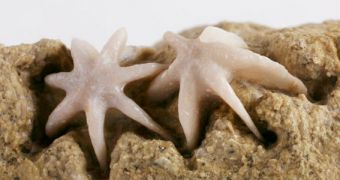In a recent study of organisms that survived the Cretaceous-Paleogene extinction event – which killed off the dinosaurs around 65.5 million years ago – researchers at the University of Cambridge determined that not all creatures were diminished in size following the global catastrophe.
Previously, scientists believed that all organisms were affected by the so-called Lilliput effect, which manifests itself through decreased overall dimensions for all complex life forms. The new study revealed that 59 bryozoan species exhibited no variation in size following the K-Pg event.
Bryozoans are a class of aquatic invertebrates that live in colonies. For this study, scientists led by expert Caroline Sogot analyzed individual and colony sizes, from both before and after the extinction event. No statistically relevant variations in size were discovered, the team says.
“The absence of a clear ‘Lilliput effect’ in the bryozoans analysed in this study suggests that not all organisms respond in the same manner to all mass extinction events,” Sogot says. Details of the work appear in a paper published in the February 5 issue of the journal PLoS ONE, Astrobiology Magazine reports.

 14 DAY TRIAL //
14 DAY TRIAL //